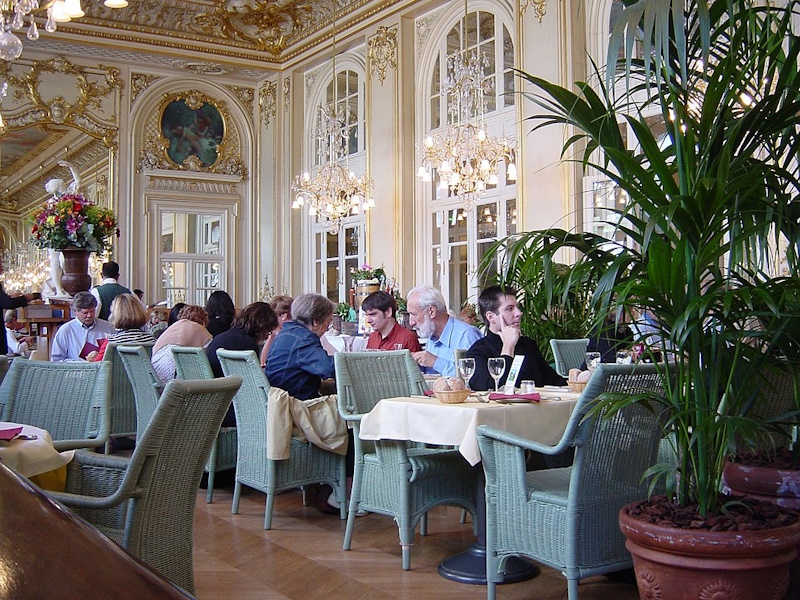Dining in France: 10 Essential Tips from an American Expat
By Michael Korcuska, shared with permission – thank you Michael! Some formatting and minor edits have been made for readability.
I’m an American who has lived in Paris for several years and I’ve been a frequent tourist starting way back in ’89. I’ve compiled a list of my top 10 restaurant tips for France/Paris.
I’m sure you already know that tipping is not expected (leaving a few euro is nice, certainly not required) and French folks generally don’t tip at all. You also know that “entrée” means a starter rather than a main course (which is a “plat”). But there are a few other things that are useful to know.
1. Carafe d’eau
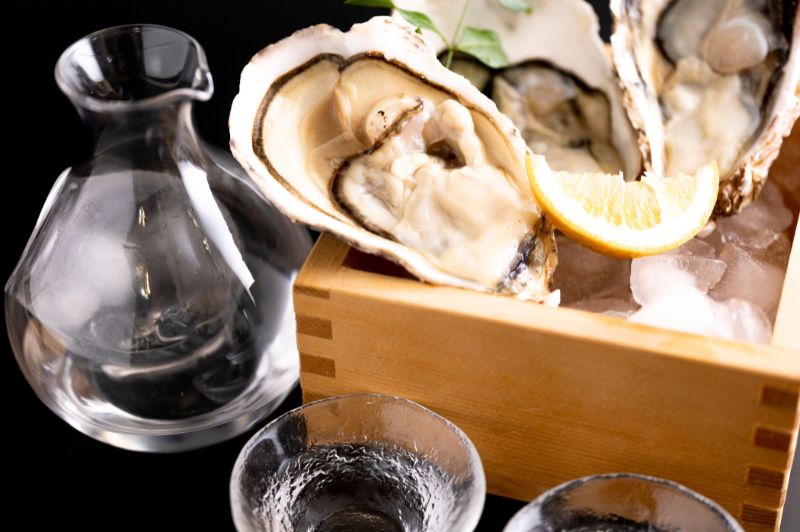
Get a free bottle of tap water instead of paying €6+ for bottled water! This usually only works for still water, so if you want sparkling water you’ll be paying for it.
If the server asks “still or sparkling,” you can say “une carafe” to get free tap water. If you say “still” you might get 8€ bottled water. Saying “tap water” also probably works, but it’s better to start your interaction with a little bit of French.
Note: be sure to get the article correct. It’s feminine, so “une carafe.” If you say “un carafe” it can cause confusion, believe it or not. English speakers tend to ignore the article. But in french it is somewhat part of the word itself.
2. Bread
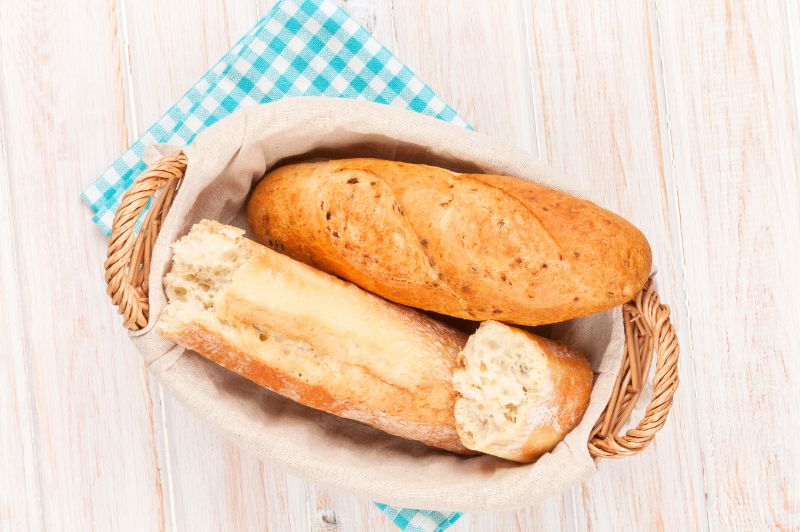
Bread will come in a basket. You won’t get an individual bread plate, except at fancy restaurants. You simply rest your piece on the table or on your plate.
One main purpose for bread is soaking up the sauce left after you’ve eaten the dish. You should do this! I guess unless you’re in a fancy restaurant, but even then I can’t resist.
And bread is included with your meal… there is no extra charge.
3. Pay when you like
First time visitors from the US (and other places, I’m sure) often get frustrated with the pace of French service, especially concerning the bill. This is not bad service, in fact the French excel at restaurant service (outside of very touristy spots).
Being a restaurant server is a proper profession for many, not just a temporary gig.
At a proper restaurant, the French usually won’t bring you the bill until you ask. So just ask your server.
But let’s imagine you’re ready to leave but you can’t find the server. Don’t worry! Just stand up and get ready to leave, making sure to stop by the payment station on your way out.
Don’t do this at a Michelin * place (or anywhere that has particularly attentive service), but at almost all restaurants this is normal. Especially at lunch.
It’s not considered rude. Nobody will think you’re trying to leave without paying. I felt awkward the first time I did this. Now it feels like a superpower.
4. Split the bill
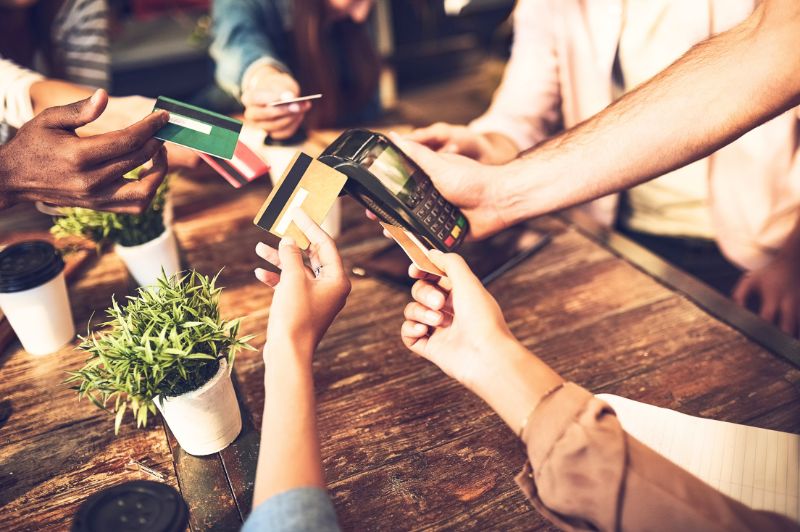
Each person can pay for what they had. Splitting the bill evenly is easiest, of course, and this is completely normal in Paris.
But if there are significant differences per person (e.g. some had wine, others didn’t), just figure out what each should pay and then pay the server one at a time. The last person pays whatever remains.
Some restaurants have POS systems that allow the server to click individual items for each person, which is super convenient. But most do not. No problem, you can do the math yourself. Again, completely normal.
5. Pièce de Boucher
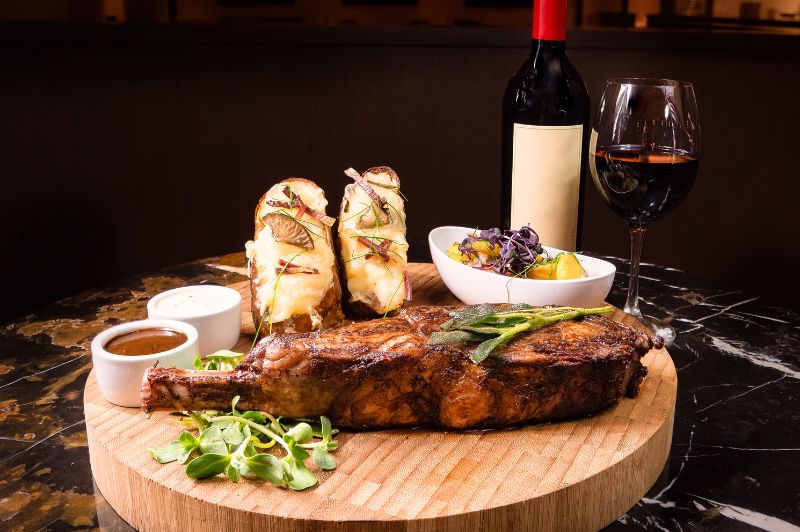
“The butcher’s piece,” in English. It’s a good thing to order, but let’s start with some basics about beef.
Beef in France is a bit different from US beef. Almost all beef in France is grass fed, whereas the US still favors the fattier corn-fed (or corn-finished) version. The taste is different… Both are great, but you have to know what to expect.
An American coming to France should order their beef one level less cooked than in the US because the beef is less fatty in France. Otherwise it will be dry.
So if you prefer medium rare, order rare. Medium becomes medium rare. If you like medium-well or well-done… please order chicken or pasta. Seriously.
Onto la piece de boucher…the butcher’s piece, in other words, the cut that the butcher keeps for himself. You should order it. This could be flank steak or hanger steak or skirt steak or something like that (French names included hampe, bavette, onglet, and more).
It won’t be the prettiest cut, but it will be packed with beefy goodness. Just be aware that it is vague – it could be hampe or onglet or something else. The menu doesn’t specify because it’s whatever they have that day.
It’s not that common to see on menus but I usually go for it when I do see it:
Avez-vous choisi ?
Oui, je prends la piece de boucher.
Quelle cuisson ?
Saignant, svp.
Thank me later.
(thanks to musicalastronaut for suggesting this)
6. Meal time
Dinner is at 8 or 9. Apéro at 6 or 7. In Paris, people often end their work day at 7pm, so you won’t see many French people eating dinner at 6.
The atmosphere will usually be more lively if you go at 8:30 or later. You can eat earlier, but you may be alone at the restaurant with a few other tourists.
The same applies to lunch, with the most common hours being 12:30 – 2:00. The doors may open at noon but you may find yourself alone.
After 2:30 or 3:00 you may find the restaurant closed or, perhaps open but with the kitchen closed (see next section).
7. Service Continu
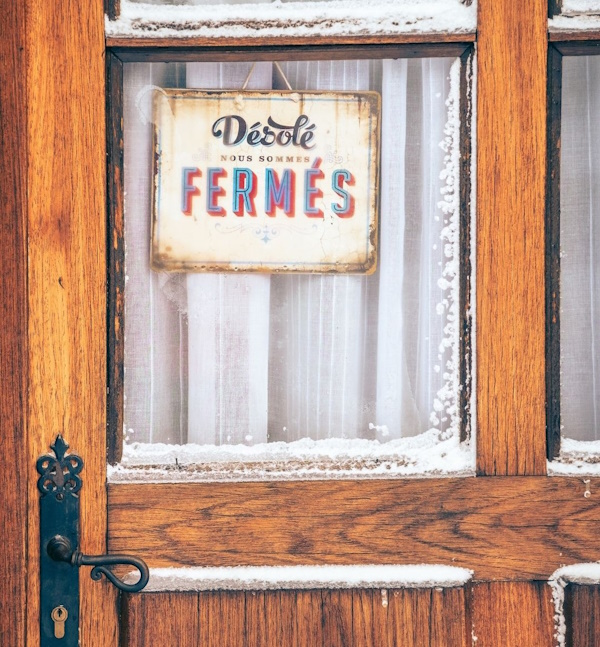
In France, like many places in the world, restaurants may close or offer a limited menu between lunch and dinner.
If you’re hungry between 2:30pm and 7pm you’re going to find a lot of places closed. But there are many brasseries with “service continu.” Do I need to translate? I didn’t think so.
It’s hard to search for these on the internet, though. If you use the Google maps “open now” filter, it will show you places that are open but, in fact, may not be serving their full menu.
So look for signs that say “service continu.” You can be sure the full menu is available.
(thanks to Maleficent-Lime1665 for suggesting this)
6. Café gourmand
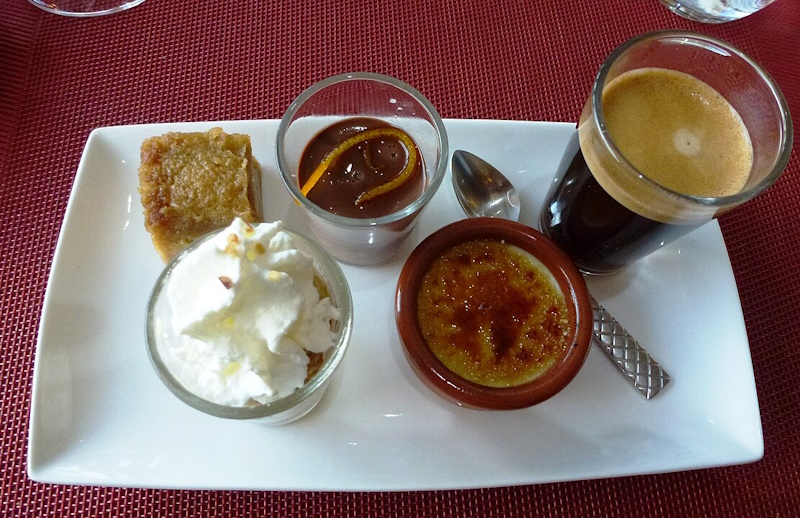
Order a café gourmand and you’ll receive 3-5 mini desserts and a coffee, basically for the price of a single dessert. It’s usually enough to share as well, making it an even better deal.
One person orders a café gourmand, the other just a café, and you both get enough dessert! (unless you’re still really hungry after entree, plat, et fromage 😂)
Note that these are premade desserts and likely not the best the restaurant will have to offer. For that reason, I rarely take this at dinner, but I will share one at lunch.
9. Pichet de vin
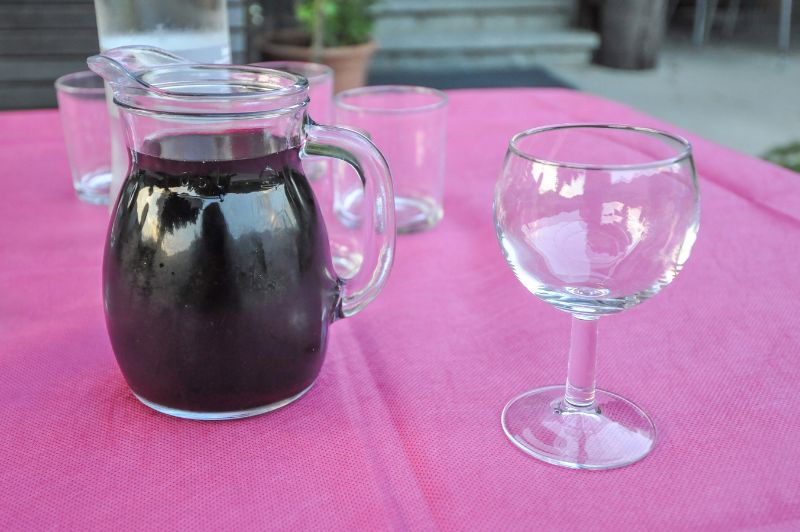
If you’re not a wine snob like I am, or if you’re in the mood for something casual and fun, you can order a pichet du vin. It’s less expensive wine in a pitcher instead of a bottle.
Perfectly drinkable, in most cases. If you do this at lunch in a small village in a wine-producing region you might think you’ve died and gone to heaven… The wine is so good and so inexpensive.
That will be the time on your holiday you start to dream of buying that farmhouse to renovate. You imagine living the simple life in the French countryside, making artisanal cheeses, and speaking fluently with a charming accent…but I digress!
You’ll likely get 500ml. Sometimes the restaurant will just bring a liter bottle and charge you based on how much remains. This is called “vin à la ficelle” (wine by the string, where a string traditionally was used to measure how much was consumed).
This is delightful but dangerous. You have been warned!
(thanks to SesameFoil for suggesting this)
10. Flower cafés
Don’t go to flower cafes. Please. Just…don’t. Maybe the first couple of these were cute a decade ago. But it’s been overdone for years now. It’s not clever, is not special, and they aren’t real flowers. It has jumped the shark.
Please help us rid the city of these by taking your business elsewhere.
Bonus tip: lunch “Formules”
It’s very often for lunch and even sometimes for dinner. It’s sometimes called a “formule” but more often just called a “menu.” The English word “menu” is usually “carte” in French. But sometimes “menu.” So it’s a bit confusing.
The 2-3 course fixed menu is generally less expensive than ordering à la carte (see the use of “carte” vs. “menu”) and specifies one or two items you can choose per course. It’s always mentioned in my experience.
If it’s not written on the chalkboard or printed on the paper menu then it likely doesn’t exist.
Notes regarding tipping
The serious concern amongst residents is that tipping becomes expected. French people would rather see people make a fair wage than depend on tips. That’s mostly a concern for restaurants.
If you feel you want to tip, keep it modest at around 5%. No worries if you give the occasional large tip, but try a few days of giving no tips… it’s actually nice to not have to think about it

